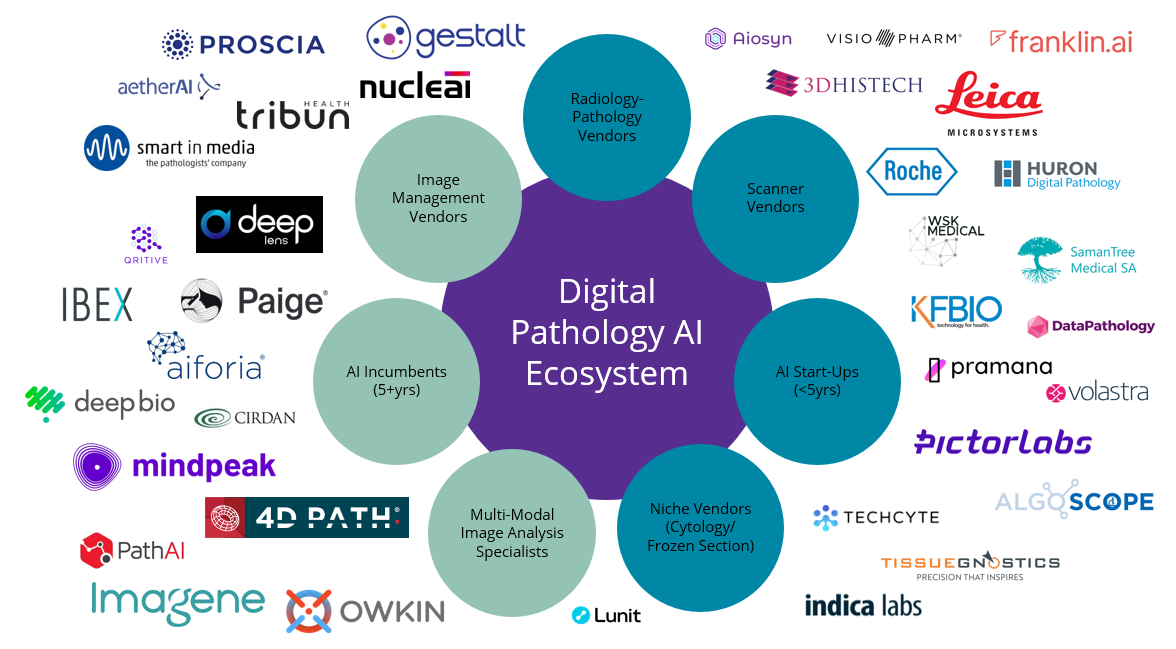To stop ransomware terrorists from locking up our Nation’s hospitals, the Federal Government is pushing patient-focused entities to align with a standard. It means more work for hospitals, but it’s necessary. Hospitals are regulated by HIPAA through the Department of Health and Human Services (HHS), which now requires the use of the NIST Cybersecurity Framework (CSF) as the basis for cyber risk assessment. The Feds issued the new requirement because of the need to standardize critical
Read More
Why Leveraging Emerging Digital Health Startups Accelerates Innovation
The healthcare industry is undergoing a remarkable transformation, driven by the innovation and advancements introduced by emerging startups. In an era where healthcare spending is projected to triple by 2040 and the global healthcare market is poised for substantial growth, harnessing the potential of these startups is paramount. This article explores the pivotal role of collaboration with healthcare startups in accelerating technological advancements, benefiting organizations and
Read More
Investing in Modern and Advanced Treatment Devices to Help Treatment-Resistant Patient Populations
When patients struggle with depression, common first-line responses involve talk therapy and prescription medication. Yet, we know that one-third of patients are treatment resistant to several medication trials, and a lot of people are left without relief. As mental health professionals look to bridge the gap in serving the growing demand of patients with mental illness, investing in modern and advanced treatment devices is a key component to successful outcomes.
A Star*D study
Read More
The Crucial Role of Negotiating Payer Contracts Every 18 Months for Physician Offices
The healthcare landscape is constantly evolving, with changes in technology, patient care, and the business of medicine all occurring at a rapid pace. One area that often goes overlooked but is equally critical to the success and sustainability of medical practice is the negotiation of payer contracts. With the rising costs of providing healthcare, it's essential that physician offices stay on top of their contracts with payers, such as insurance companies and government agencies. This article
Read More
How Can Nursing Homes’ Data Problem Be Solved?
Nursing homes have embraced technology, especially during the COVID-19 pandemic, to help seniors, staff, and clinicians better communicate with one another and for residents to stay in touch with loved ones. The use of electronic health records (EHRs) has saved long-term care providers both time and money.
When it comes to managing billing and insurance reimbursement, complex data that is reported to different agencies in various formats and from a variety of systems has resulted in
Read More
Breaking Barriers: Overcoming Provider Adoption Challenges in Healthcare Analytics
In recent years, the healthcare industry has seen an explosion in the availability of big data, creating new avenues for growth, opportunity, and innovation across the field. Catalyzed by this influx of new data, healthcare analytics is driving the next generation of digital innovation in healthcare.
Designed to deliver optimized workflows and revenues, greater clinical insights, and enhanced patient safety and care quality, healthcare analytics plays an essential role in improving core
Read More
Safety Intelligence is Redefining How Pharmacovigilance Teams Operate
The future of safety intelligence is now. New safety reporting and analytics advancements have redefined how pharmacovigilance (PV) teams operate by putting next-generation safety intelligence at the fingertips of those needing it most.
Teams that can streamline data flow and enable stakeholders to self-service real-time insights are delivering unprecedented value by enabling greater case management visibility and more informed, proactive decision-making.
Despite this, many PV
Read More
Health Equity Gets Boost from Biosimilars and Evidence-Based Treatment
Eliminating healthcare inequities requires addressing the underlying social and economic factors that contribute to these disparities and ensuring that all individuals have equal access to high-quality healthcare services, regardless of their background or circumstances. This includes addressing issues such as poverty, discrimination, and unequal distribution of resources, as well as promoting health equity as a core value of healthcare systems.
In recent years, there’s been a shift in the
Read More
Where Has All The Talent Gone? The Skills Gap Stalling The March of UK Life Sciences
The UK life sciences industry is burgeoning and, thanks in part to the role played by Covid in supercharging a range of sectors, it is on a path toward further expansion. Rishi Sunak, the Prime Minister, recently stated his ambition for the country to become a life sciences ‘superpower’.
However, at a time of unprecedented development, the industry also finds itself at the center of a skills shortage that threatens to stall, or even halt, its trajectory.
This skills gap is not only a
Read More
Why Digital Pathology’s Ecosystem Won’t Support AI Startups
Whilst growth in the overall digital pathology AI market is set to scale quickly, cannibalization and consolidation are expected to create headwinds for individual AI vendors. How do investors know where their money is safest?
The recent abundance of digital pathology (DP) media coverage can make it hard to remember that not too long ago, this was a market perpetually ‘lagging’ versus other digital healthcare sectors. And whilst growth has now firmly shifted to its ‘log’ phase, there are
Read More











